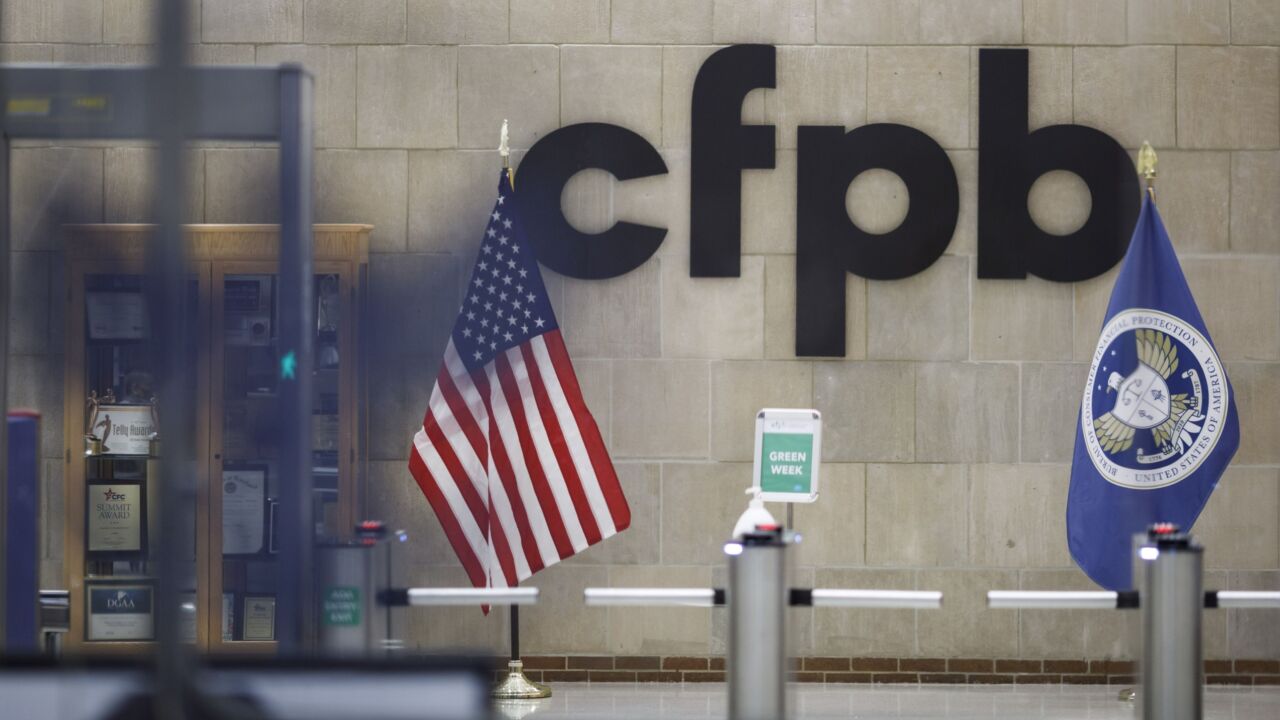Recent improvements in lending technology are having a strong impact on loss mitigation practices for lenders.
Technological advances include electronic signatures (e-signatures) that accelerate document execution and borrower communication management tools.
Additionally, rules engines to determine borrower qualifications, documentation tools that ensure the generation of accurate and appropriate documents for the borrower, and post-workout management tools to ensure the borrower is paying per the terms and timetable agreed to in the mortgage or modification contract, are now available to lenders.
Flexible loss mitigation technology is enhancing the ability of servicers to respond to changing industry demands while simultaneously improving customer support.
Collecting a borrower’s financial and employment information, verifying this information, determining a property’s value and determining the “best fit” for the borrower among a range of loan options are all components of standard loss mitigation protocol. Technology providers and financial institutions alike have united to help refine and improve the processes required to assist in all steps of loss mitigation, and with the technology outlined below, these steps can be completed quickly and accurately.
E-signatures, quickly becoming an industry staple, are being used to reduce the time it takes to execute important documents such as loan-modification agreements and disclosure statements. As a result of advances in privacy and security around the use of electronic signatures, more servicers than ever are adopting electronic signatures and benefitting from reduced timeframes.
Borrower communication management technology is helping to ease interactions throughout complicated loss mitigation processes. Loan servicers have improved borrower satisfaction by eliminating the frustration associated with delays and duplication of data entry using new communication technology.
An additional, and perhaps even more important benefit to new communication capabilities, has been the reduction of operational risk that comes from not adhering to complex sets of rules regarding borrower communication.
Chief among these new developments is fully electronic ingestion of borrower information, which allows consumers to submit information directly through a website, or upload a document via fax or email from nearly any online device.
This information can then be electronically processed by the system of record to initiate the borrower qualification process. By tying in electronic document exchange and signature capabilities, the servicer can benefit from a highly streamlined process that reduces personnel costs and risks associated with data handling.
Lenders do face certain headwinds today from the multiple retention and liquidation options available to distressed borrowers.
Retention options encompass trial modifications, long-term repayment plans and refinancing programs, all of which have strict rules for qualification and execution.
Liquidation options for a borrower who no longer wishes to stay in the home or whose financial condition is such that owning their current home is no longer possible, include: short sales, deeds-in-lieu and short payoffs. These liquidation programs can be just as complicated and sometimes take longer than basic retention options. In providing loss mitigation assistance to distressed borrowers, financial institutions are also constricted by the programs offered by each loan’s investor and the guidelines for those programs.
However, these headwinds can be dealt with using technology.
Lenders and servicing organizations both have been fine-tuning their processes and will continue to deploy technology that helps reduce data handoffs, adopting technology that use workflow rules and incorporating a range of communications to ensure the borrower is kept up-to-date via their preferred mode of communication.
It is critical to be able to show your math’ for each stage in reaching a loss mitigation decision and preserving that status for the life of the loan, so decision data is now stored in a way that enables lenders to recall specific information from any point in the lending process.
As new programs are introduced, or existing loss mitigation options are restructured, flexible technology can adapt to accommodate the new rules and processes. Lenders have found this approach to be far less stressful on staff and borrowers alike, and increasingly effective in providing better service to their customers.
Joe Dombrowski is chief mortgage strategist at Fiserv.





